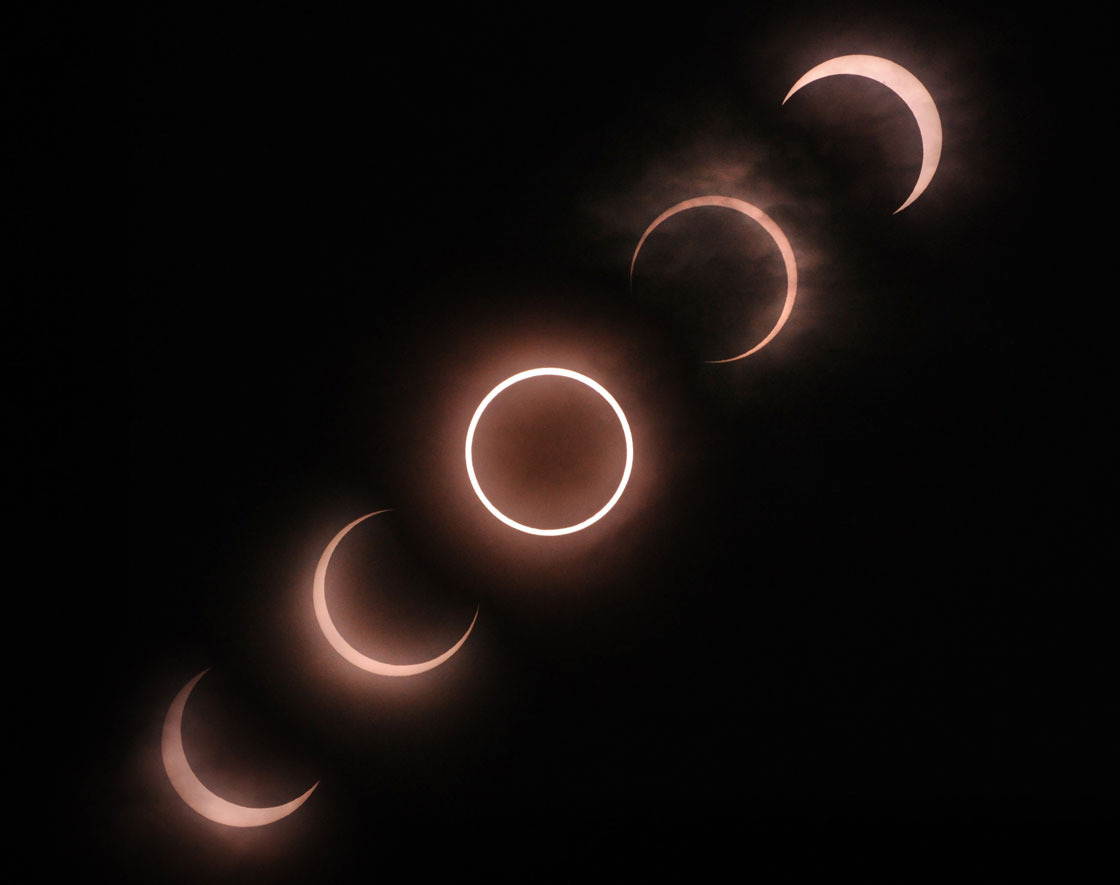TORONTO – If you’re south — really far south — on Tuesday, you’ll be treated to a rare eclipse.

Beginning at 5:57 UTC on Tuesday (1:57 EDT), an annular eclipse will take place across parts of Antarctica and eastern Australia.
READ MORE: April 15 starts off the year of eclipses
An annular eclipse occurs when the moon only blocks out part of the sun, leaving something known as a “ring of fire” around it.
The only ones able to see that ring for this eclipse will be penguins: it will only be seen in an uninhabited part of Antarctica.
This eclipse is particularly rare because part of the moon’s shadow — called the antumbra — misses Earth. And then the rest of the shadow, the umbra, only grazes the planet.
Over the past 3,956 annular eclipses during the 5,000-year period from the year AD 2000 to 3000, only 68 of them are classified as this non-central annular eclipse.

But for Australians in the east part of the country, such as Melbourne and Sydney, they will see about 65 per cent of the sun’s disk covered.
The maximum time of the eclipse will occur at 6:03 UT (2:03 EDT).
The next solar eclipse will be on Oct. 23, 2014. The great news for Canadians is that eclipse — a partial solar eclipse — will be visible across most of Canada.
If you want to catch the eclipse, several sites including Slooh and the Virtual Telescope Project will be broadcasting it live, should you choose to stay up that late.



Comments